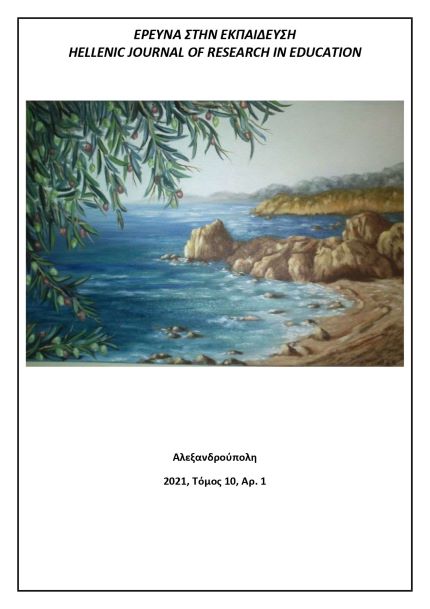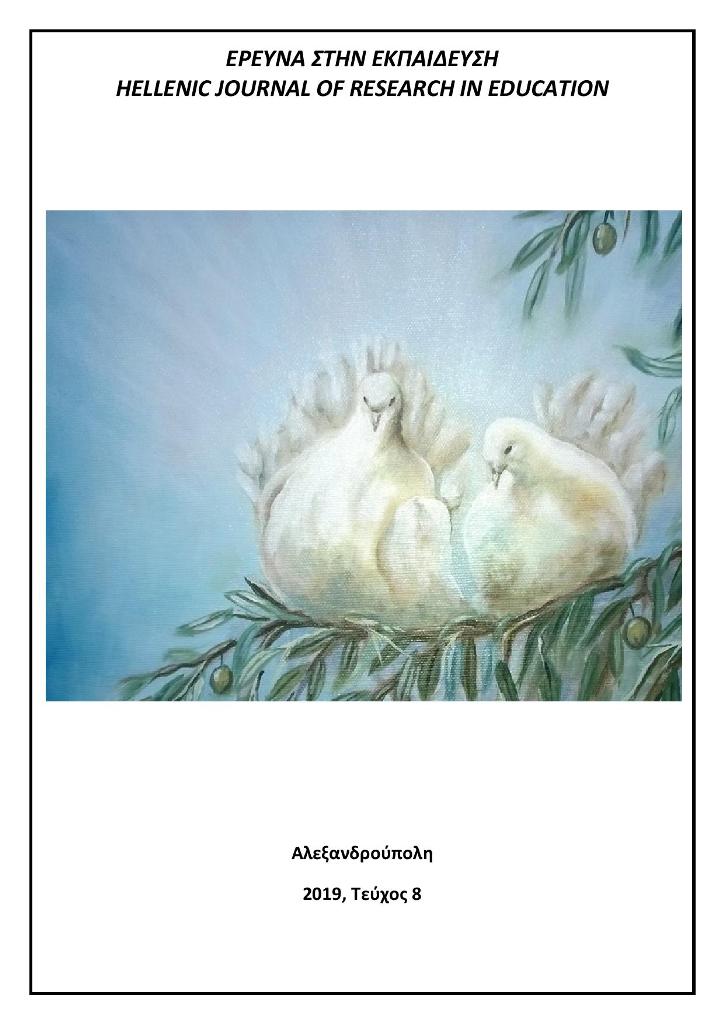The role of the supportive environment in the development of school bullying: An ecosystemic approach

Abstract
According to the programmes for international student assessment, an increase of the levels of school bullying is observed in Greek schools the last decades. The purpose of the present study is to examine the effects of supportive frameworks/ environments on the development of school bullying in Greek schools. Employing the data of N=4.141 primary and secondary school students, the effects of the supportive frameworks of classmates, friends and family on school bullying (cyberbullying and traditional bullying) were examined, controlling, though, for the effect of socio-economic status of the family. The results of structural equation modelling (SEM) showed that only the supportive frameworks of classmates, friends, and the family had a statistically significant effect on bullying, decreasing, thus, the perceived levels of bullying. In conclusion, an ecosystemic theorization of both the development and the weakening of school bullying is recommended. Educational and psychological implications of these findings are discussed in detail.
Article Details
- How to Cite
-
Κατσαντώνης Ι. Γ., Ασημακοπούλου Ε., & Φρούντα Μ. (2021). The role of the supportive environment in the development of school bullying: An ecosystemic approach. Hellenic Journal of Research in Education, 10(1), 52–64. https://doi.org/10.12681/hjre.25998
- Issue
- Vol. 10 No. 1 (2021)
- Section
- Articles

This work is licensed under a Creative Commons Attribution-NonCommercial-ShareAlike 4.0 International License.
Authors who publish with this journal agree to the following terms:
- Authors retain copyright and grant the journal right of first publication with the work simultaneously licensed under a CC-BY-NC-SA that allows others to share the work with an acknowledgement of the work's authorship and initial publication in this journal.
- Authors are able to enter into separate, additional contractual arrangements for the non-exclusive distribution of the journal's published version of the work (e.g. post it to an institutional repository or publish it in a book), with an acknowledgement of its initial publication in this journal.
- Authors are permitted and encouraged to post their work online (preferably in institutional repositories or on their website) prior to and during the submission process, as it can lead to productive exchanges, as well as earlier and greater citation of published work (See The Effect of Open Access).




